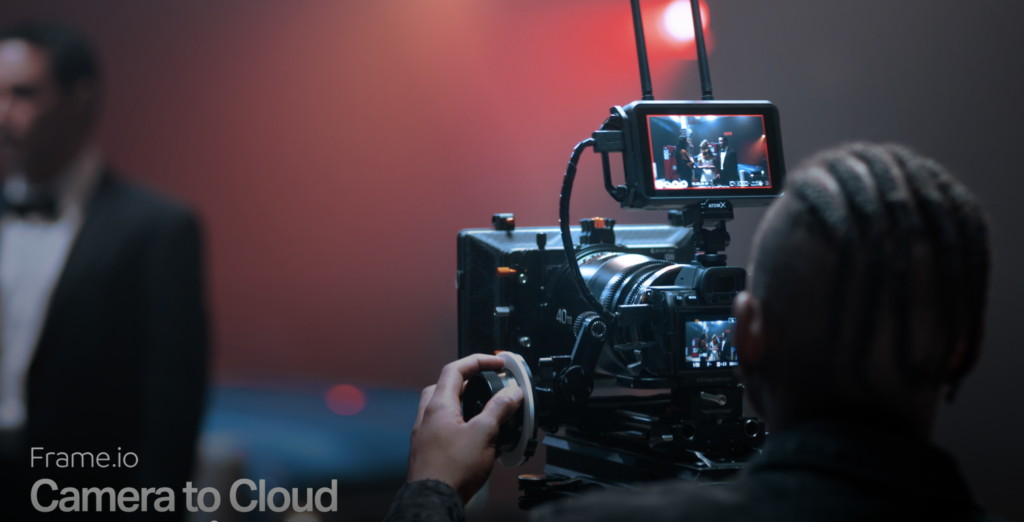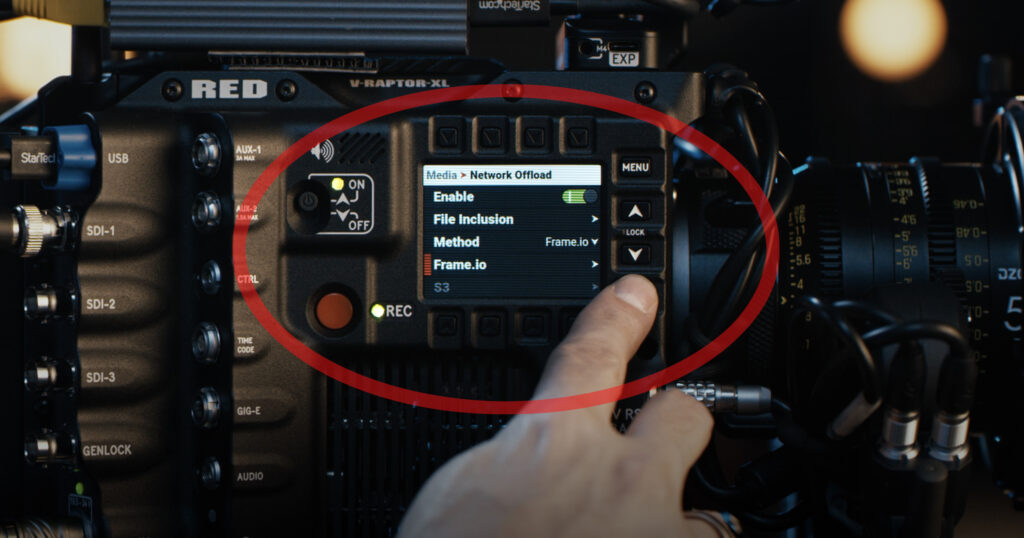Archive for March, 2023
 Is On-Board Camera Recording Dying?
Is On-Board Camera Recording Dying?
With the advent of camera-to-Cloud recording, will in-camera recording media be relegated to the dust bin of history alongside the Jaz Drive and the Sony Memory Stick?
One way or the other, most DPs will soon have to grapple with the challenges of remote image capture. Growing increasingly more practical owing to the efforts of Adobe’s Frame.io and others, working pros across a range of genres will have to confront the profound changes in workflow as industry practice aligns with the technology of direct camera-to-Cloud recording and remote storage.
For DPs and other content creators, the question then becomes: Is on-board, on-set recording media, memory cards, and SSDs, relics of a bygone era?
Michael Cioni, Adobe’s Senior Director of Global Innovation for Frame.io, certainly thinks so. By 2026, he says, virtually every professional camera will feature a camera-to-Cloud capability, utilizing, at the very least, low-bandwidth proxies. By 2028, thanks to 5G, Cioni foresees global bandwidth expanding sufficiently to capture and upload RAW files in real time. And by 2031, Cioni predicts that pro level cameras will no longer feature any on-board recording capability at all! The camera’s sole storage function will be limited to its massive buffer uploading continually to the Cloud.
Such fundamental changes in industry practice have happened before: the transition from film to digital and from standard definition to HD are two instances that readily come to mind. These transitions occurred over the course of a decade, and the camera-to-Cloud transition will likely require a similar time-frame as DPs and production entities consider the feasibility and relative merits of a C2C network workflow.
Some old habits, of course, die hard, but this one, obviating the need for physical media does not appear to be one of them. The instant sharing and enhanced collaborative opportunities among far-flung members of a production team are undeniable benefits, as does the ability to provide redundancy and certain security measures like a watermark during upload. The time-saving advantages of direct-to-Cloud recording is obvious, given the no longer the need to upload and download terabytes of data from physical media drives.
For DPs, a new way of working must be simple and convenient. Any new technology that is too complex or difficult to access will be overlooked and forgotten, regardless of the supposed economic benefits and feature set.
Recognizing this, Frame.io is pushing camera manufacturers to integrate Network Offload as a simple menu option. Currently, such an option is limited to the RED V-Raptor, but this will no doubt change as manufacturers like Sony and Canon recognize the merits of C2C.
Ultimately, whatever workflow is adopted by professionals, whether local or Cloud-based or a hybrid of the two, it will come down to the entertainment value of the more compelling stories that can be delivered to viewers, and monetized in the streaming environment.

